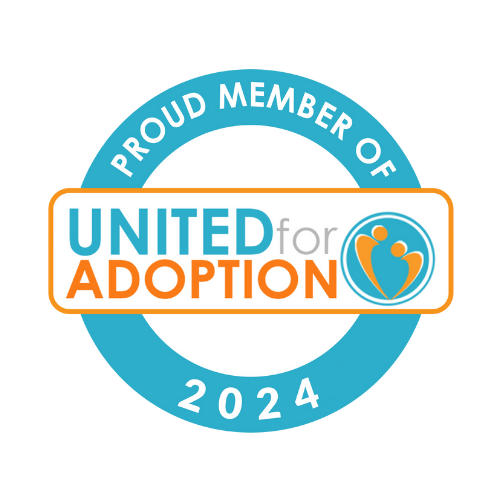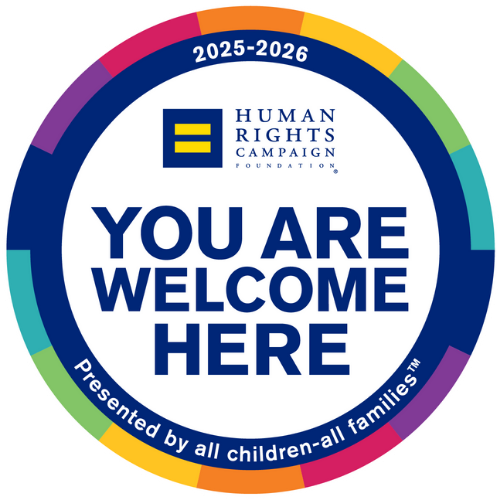Joel Redd is one of Utah Foster Care’s foster-adoptive consultants who lives in Blanding. He and his wife have adopted four children from foster care.
As foster parents, we are taught that reunification is the primary goal of foster care. This goal can be very hard to swallow. We can see the impact of traumatic events that brought children into foster care. Trauma has affected their daily functioning and emotions. Our instinct is to protect and nurture them. This may seem at odds with the idea that these children would someday be going home to the biological families where neglect or abuse may have occurred.
Many people become foster parents, in hopes of adopting and growing their families. Sometimes this may be contrary to the goals and puts some foster parents at odds with biological parents. However, I want to challenge these notions by discussing the ways my family has grown and benefited by seeing children reunified.
My wife and I have adopted four children from foster care. Along with our biological children, this puts our official count of children to 10 (if you ask any of them how many children are in our family, they will respond with “21” or “too many to count”) I would say more than 20 or 30. In addition to our adopted children, we have helped many more kids return to their homes or become successful as “aged out” adults. In every case, our family has grown, not just by the child who entered our home, but in most cases also by that child’s bio parents, siblings, and extended family.
Contact with children can continue
Many foster parents fear reunification will mean losing contact and grieving those relationships. However, by building these relationships while working towards reunification, we are able to facilitate a meaningful and lasting connection when the children return home. Our family has continued contact with children formerly in foster care and their families long after they are back together. We frequently have dinners and participate in other activities with the family, and in some cases even with their extended family members.
Part of the same team
When you truly embrace the goal of reunification, it becomes clear to the entire team of caseworkers and family members. The biological parents see you as a friend, mentor, and co-parent. The children see you as a partner and support to their bio parents and not someone they have to be cautious about, and the extended family soon begins to embrace you as equals.
This gives the children permission to become attached, without feelings of guilt over split loyalties, and opens the door for them to be an effective part of the child and family team. It allows for the bio parents to see you as a comrade and they become understanding to the boundaries you and the legal system put into place with their family.
Success Story
As a foster parent and as someone who helps find and support foster families in Blanding, I have had the pleasure of participating in a reunification case that turned into so much more. November Parkins is the bio parent of a sibling group my wife and I fostered. In this case, reunification was successful. This is a family that has been empowered by their experiences and has chosen to help others navigate this difficult world. November now takes an active role in sharing her story and experiences within the system with potential foster parents, caseworkers, and other community partners.
November and her children will always be members of our family. Other children and teens who we have fostered also keep in touch – and often, we have become members of their extended family.
As for my adopted children, we have continued contact with their bio families, including parents and extended family members. They attend family functions, birthdays, graduations, Christmas, and sometimes even vacation with us. This is why it is so difficult for my children to answer the question, “How many kids do you have in your family?”
My family has grown exponentially through an attitude of inclusion and support for reunification, and there are no regrets, feelings of loss, or sadness upon families being reunited. We have all become one very large, very happy, family unit.






